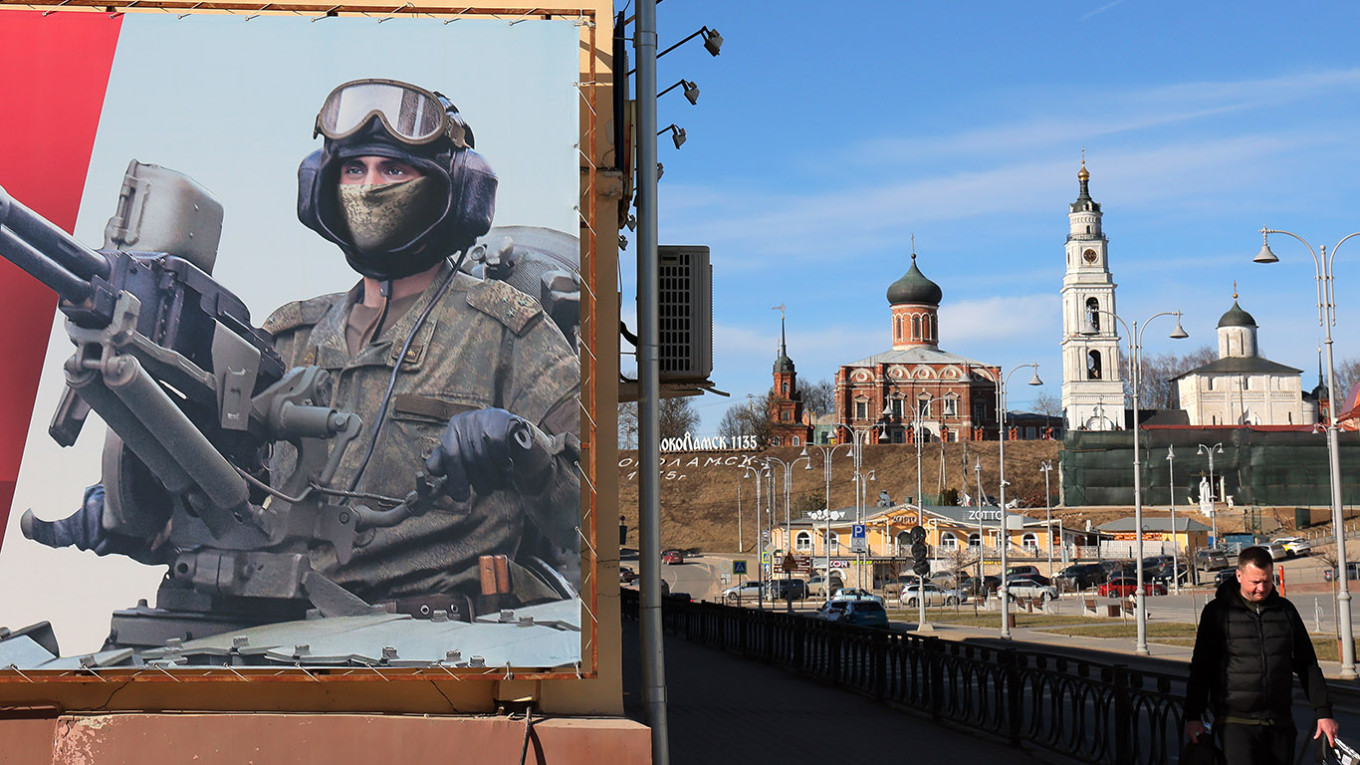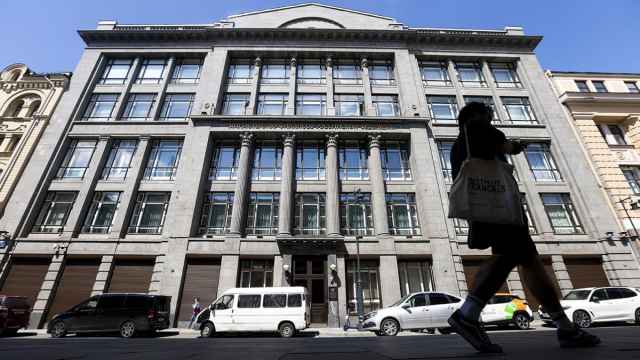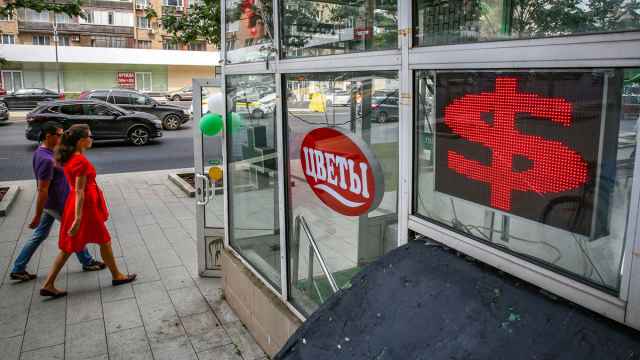The Russian economy has been teetering on the brink of recession for months as financial authorities take actions to slow growth in a bid to avoid runaway inflation.
Russia in Q1 of this year suffered its first quarterly GDP contraction since 2022.
Although official Q2 GDP figures are not yet available, most analysts estimate growth to be about 0%, meaning Russia narrowly avoided a technical recession, which would require two consecutive quarters of GDP decline.
Economist Dmitry Polevoy estimates the growth in Q2 to be “near zero after seasonal adjustment,” while Bloomberg said that the Russian economy “slightly grew quarter-on-quarter.”
Liam Peach, an analyst with Capital Economics, and Stanislav Murashov, an economist with Moscow-based Raiffeisenbank, both estimated quarterly growth in Q2 at 0.3%.
Why is growth slowing?
Russia’s slowdown is driven by efforts to rein in inflation, which had risen after the government opened its coffers to finance the war and to cushion the impact of sanctions.
That spending boosted demand, but supply lagged due to labor shortages and higher logistics costs caused by sanctions, causing prices to rise.
Unstable high inflation makes planning difficult, so the Central Bank raised interest rates to cool the economy, encouraging saving and increasing borrowing costs for businesses.
After a year of tight monetary policy, signs of cooling are now visible.
One indicator of that is industrial output, which measures the volume of goods produced by manufacturing, mining and utilities — covering everything from cars and steel to electricity and clothing.
Industrial growth slowed to 1.4% year-on-year in the first half of 2025 (H1 2025), down from the 3.9% growth in the second half of 2024, according to Economic Development Ministry statistics.
The industrial growth was supported by war-related industries, where companies were supported by government contracts and subsidies.
These include the manufacturing of transportation equipment (+34.6% year-on-year in H1 2025), computers or electronic and optical products (+15.1%), as well as fabricated metal production (+13.6%).
Other sectors, however, are struggling.
Among the declining industries were food production (-0.7% year-on-year in H1 2025), electrical equipment manufacturing (-1.5%), light industry (-3.2%), wood processing (-3.2%) and motor vehicles, trailers and semi-trailers (-16.6%).
Mining output — including oil, gas and coal production — fell by more than 2.4% year-on-year in the first half of 2025.
Vladimir Salnikov, an economist at the Center for Macroeconomic Analysis and Short-Term Forecasting, a think tank, said that industrial output in non-military related sectors actually declined by 0.9% between February and June year-on-year.
The consumption boom is also cooling as borrowing costs remain high and wage growth decelerates.
Retail trade turnover — the total value of goods bought by households — grew by 2.1% in the first half of this year compared with the same period in 2024.
This is slower than the 10% growth seen in the second half of 2024 and the 7.7% growth for the whole of last year.
According to SberIndex, Sberbank’s statistics unit, Russian consumer spending growth slowed to 9.5% year-on-year in Aug. 3-17, compared with an average of 13.9% in January-July.
What should we expect next?
Though these trends signal a slowdown rather than a collapse, it is clear that the post-2022 war boost is fading.
Many analysts expect 2025 GDP growth to stagnate or even contract, which would mark Russia’s first annual decline since 2022.
“The economy may, and most likely will, contract in 2025,” economist Vladislav Inozemtsev told The Moscow Times.
He suggested the Russian economy may decline by 0.5-1.2% as “there have been no real reasons for growth, not even at the start of the year.”
Moscow-based economist Dmitry Polevoy of Astra Asset Management expects modest GDP growth of 0.6% in 2025 — still positive, but below the Central Bank (1-2%) and the Finance Ministry (1.5-2%) forecasts.
Sofia Donets, chief economist at the Moscow-based T‑Investments brokerage, told the Vedomosti business daily that the slowdown is likely to deepen in late 2025 and early 2026 amid broad stagnation across several sectors.
The surplus funds that have been used to boost the Russian economy are drying up, Inozemstev said.
To sustain the war industry going forward, he argued, authorities will now need to raise taxes or divert resources from the civilian economy, restraining growth.
“As a result, I expect that the Russian economy is likely to stagnate, with elements of both decline and recovery — but all within the margin of statistical error,” Inozemstev added.
He compared the situation to 2014-2020, when the first wave of Western sanctions strained the Russian economy but stopped short of triggering a social or political crisis.
A Message from The Moscow Times:
Dear readers,
We are facing unprecedented challenges. Russia's Prosecutor General's Office has designated The Moscow Times as an "undesirable" organization, criminalizing our work and putting our staff at risk of prosecution. This follows our earlier unjust labeling as a "foreign agent."
These actions are direct attempts to silence independent journalism in Russia. The authorities claim our work "discredits the decisions of the Russian leadership." We see things differently: we strive to provide accurate, unbiased reporting on Russia.
We, the journalists of The Moscow Times, refuse to be silenced. But to continue our work, we need your help.
Your support, no matter how small, makes a world of difference. If you can, please support us monthly starting from just $2. It's quick to set up, and every contribution makes a significant impact.
By supporting The Moscow Times, you're defending open, independent journalism in the face of repression. Thank you for standing with us.
Remind me later.







